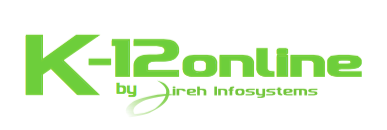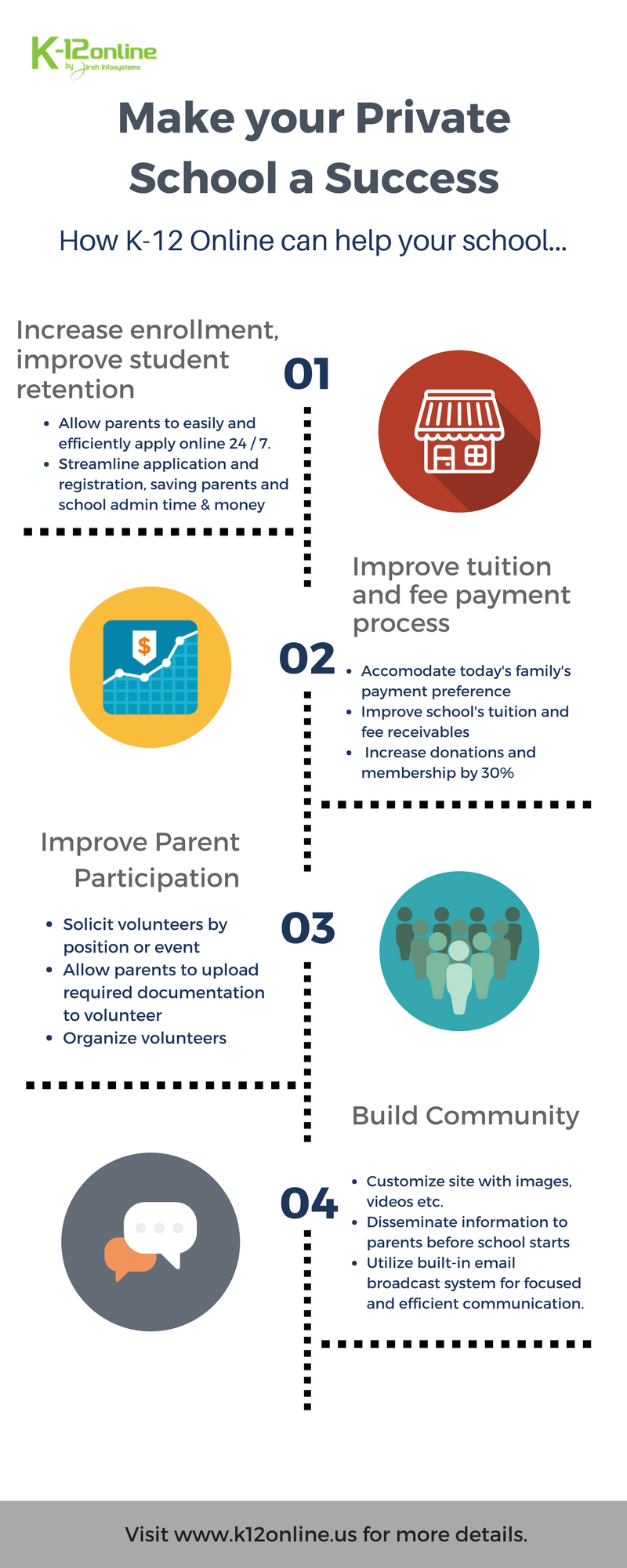Dealing with Student Retention and Enrollment in times of uncertainty
Hack #1
Getting Started - Differentiating Your School.
Welcome to the first installment of our new blog series, 8 Hacks to help navigate your school during these trying times.
There is no question that a thriving community of students and families is necessary to creating and maintaining a dynamic learning environment. However, how does this change with Covid-19? Distance learning puts an additional strain on the level of services that private schools are able to provide their students and community. As enrollment potentially declines or remains stagnant, revenue constraints can quickly lead to difficult decisions as to which areas might receive continued funding and which areas might require a reduction or elimination of programs. This can make it very difficult for schools to confidently highlight their programs and remain competitive among other education options.
In this series, we will highlight key areas of focus for school leaders who are frequently tasked with multiple responsibilities and little remaining bandwidth to navigate the nuances of competitive, necessary marketing programs. With this level of focus we aim to make optimal use of our readers' limited, valuable time and provide practical, actionable resources to enhance your enrollment efforts.
In part 1 of this 8 part series, we will outline the foundational aspects of successful planning and execution, specifically two items: Gaining clarity into the aspects of your school that resonate the most with your community and thus deliver the most value. And how to build a marketing campaign that contributes to highlighting these strengths and demonstrating the value to prospective and current families.
Address the current situation
Parents want to know that their child's education is valued. Schools with a "tentative" plan is better than a school with no plan at all. A letter from the principal explaining the current situation and the school's course of action for the next few months appeases parents' anxiety and gives them a sense of security. Clear explanation on how procedures and learning will be handled is imperative. A webpage dedicated to Covid-19 updates allows parents to be informed, tips on effective distance learning eases parents' stress level and email communication allows parents and students, if applicable, feel that their needs are being met.
Identify Strengths and Weaknesses
Possibly, the most important part of marketing planning is brainstorming the strengths and weaknesses of your school in light of Covid-19. No doubt there has been a slow down in operational responsibilities so take this time to reflect on exactly what makes your school so wonderful and why people should be excited to dive deeper into all it has to offer as well as identify areas of improvement that may hinder prospective parents from applying or retaining current families. With that said, visitors to your school's website are likely evaluating other schools and programs and are rightfully focused on the similarities to ensure the core needs of their children are effectively met. It is both in your interest and to their benefit that you can communicate a clear understanding of what differentiates your school from others. Success in this area establishes a high degree of confidence in the services of your school and a strong sense of excitement that your school will offer a unique, premium experience in the midst of this pandemic.
Showcase Your Top Features
Now that your list is well developed, prioritize the strengths and weaknesses and dedicate time to examine them from the perspective of both a current and a prospective family. Identify the top features that you feel would resonate most with parents and community. Along those same lines, determine which features would be best to highlight in promotional efforts as well as how you might create a program to allow people to experience these special features...virtually. Perhaps you might host a virtual open house where prospective students can bring their own instruments and perform with the music instructor. You might have your longest tenured teachers to engage with visitors and share their unique perspective from years of service. You may choose to showcase your unique use of technology that demonstrates credibility and maturity of your operation compared to other schools that might rely on paper processes and clunky communications efforts. As you can see, there are opportunities to get creative. Identifying the features that bring value and that you are excited to share in the virtual world will greatly assist you building momentum to execute your marketing efforts.
While discovering which items will resonate most with visitors is key, don’t neglect the importance of the remaining items on your original list. The full list will serve you well as you engage in deeper relevant discussions with prospective families looking for features that set your school apart.
As you reflect on your identified weaknesses or changes needed during this pandemic, be sure to critically analyze any weaknesses that might be immediately noticeable to families. In your marketing efforts, you will establish a number of processes and pathways to both inform people and collect information on their interests, including online forms, student registration and application data. Shortcomings in these key processes are highly visible. As such, employing virtual tours, online enrollment, registration and fee handling processes will immediately inform visitors on the professionalism of your operation and your attention to critical details.
Build Your Campaign
Undoubtedly, this pandemic has restricted school marketing and enrollment growth efforts. For that reason, leaders must embrace the notion that a team focused on various parts is important and working remotely has its challenges. Key duties must be delegated to competent, energetic staff and/or volunteers to really form a team effort.
There are 4 areas of focus to consider when matching the skills of your staff to the most appropriate role.
- Event Planning
- Communications
- Data/Registrations
- Relationship Building
We will review each of these areas in more depth throughout this series however, in the team building stage, it’s important to have a clear understanding of the basic functions of each role.
Event Planning
Hosting virtual events that draw visitors is the lifeblood of an effective marketing effort. On it’s own, this is a very large responsibility which often requires its own team, under the direction of your event planner to execute. Responsibilities of this role cover all aspects of the logistics and technological know-how of organizing a virtual event, showcasing your school, equipment needs, and coordinating speakers among a variety of other duties. Event planners are positioned to proactively handle issues and troubleshoot problems that might arise during the virtual event. To maximize time and impact, a pre-recorded tour of your school and testimonies can be very effective.
Communications
In order to succeed in gaining interest and getting the most out of your virtual events, well developed communications is necessary to ensure people are aware and informed. Your communications manager will identify and manage the available channels as well as channels you might want to add. Common channels include flyers, website, email, social, media, paid advertising, community groups, and more.
Data/Registrations
As you begin to communicate your events and encourage participation, you will want to decide on the most appropriate way to collect information about people visiting your school's website and attending your virtual open house. Having a record of who intends is critical to meaningful follow ups.
It is highly recommended that technology be incorporated into your data collection efforts. Using online registration or data capture systems to register for the event gives people a first hand impression of the sophistication level of your school. Using technology in data collection provides great opportunity to showcase the technological advancement, professionalism and credibility of your school as well as collect meaningful information on your visitors.
Your data manager is someone who is comfortable working with data and data platforms and will work very closely with the communications manager to ensure potential visitors have a clear path with the registration and identifying interests.
Relationship Building
Your relationship manager benefits from the successful execution of communications, virtual events, and data collection by analyzing visitors and the interests they’ve expressed. The valuable information gained from your team's efforts can now be leveraged to warmly reach out after the events have concluded. Your relationship manager is positioned to engage in relevant discussions that address the expressed interests of visitors including virtual:
- Music Performances
- Art Shows
- School Tours showcasing a specific class/method/teacher
With your best assets identified, a plan to mitigate known weaknesses, and your team positioned to their appropriate skill set, you are now prepared to develop the details of your marketing efforts with excitement, confidence and momentum. As we proceed in this series, next we will review the key elements of understanding your target audience and designing an effective promotion plan to reach that audience.
Stay tuned!
Our next edition in the series is entitled, "Know your Audience Part 1 - External Promotion". If you've liked our content, please share this post with your fellow colleagues!







